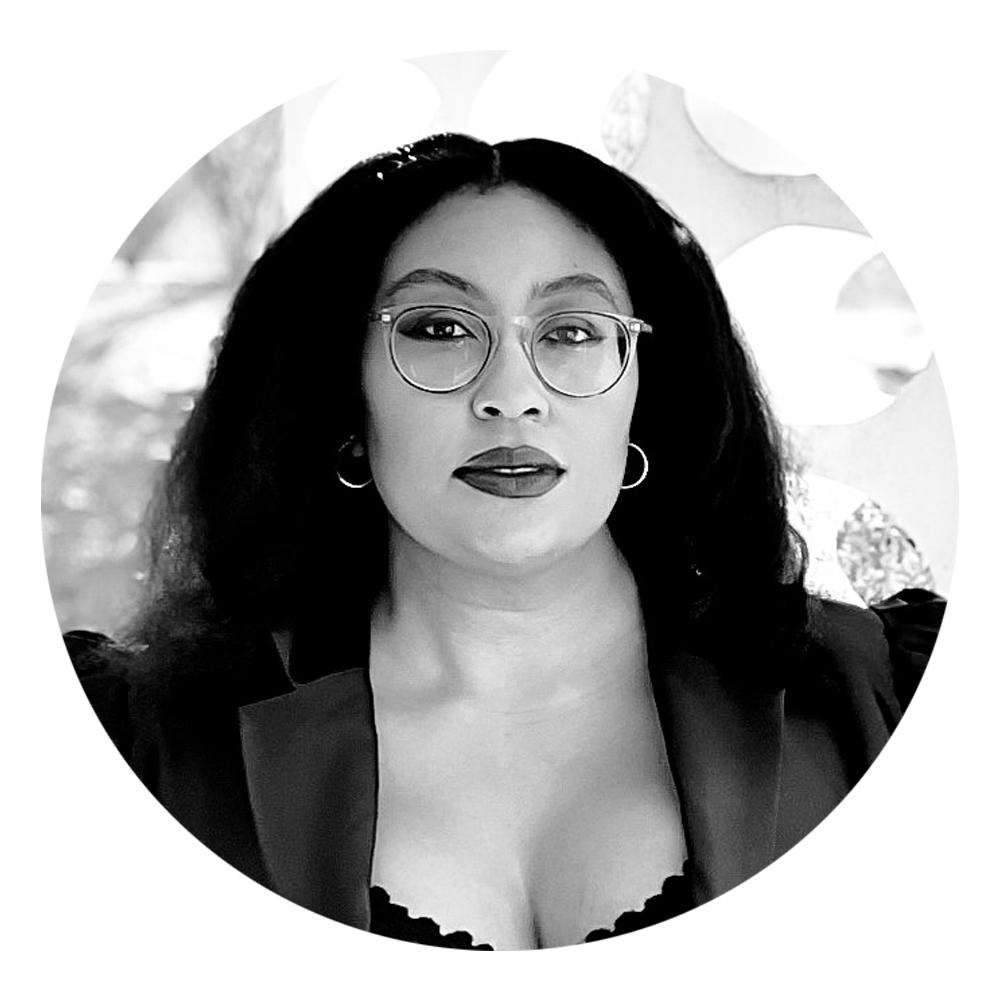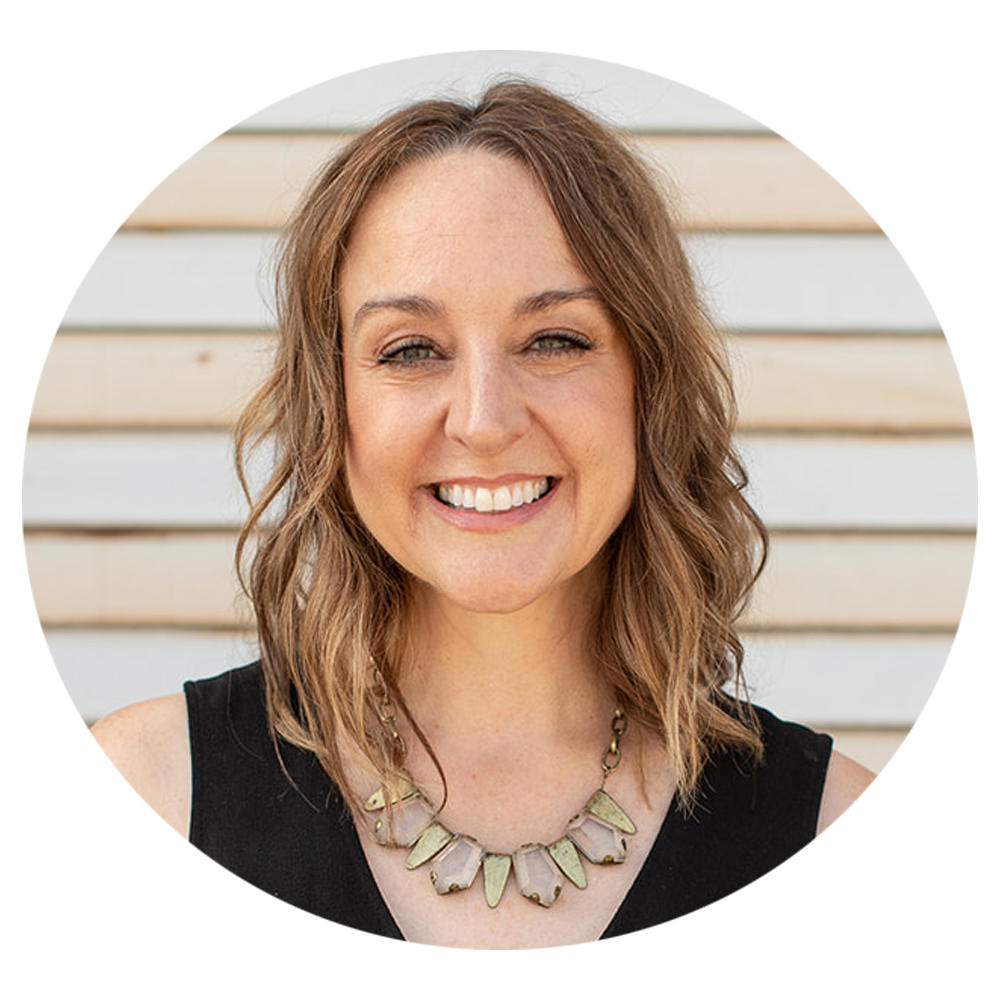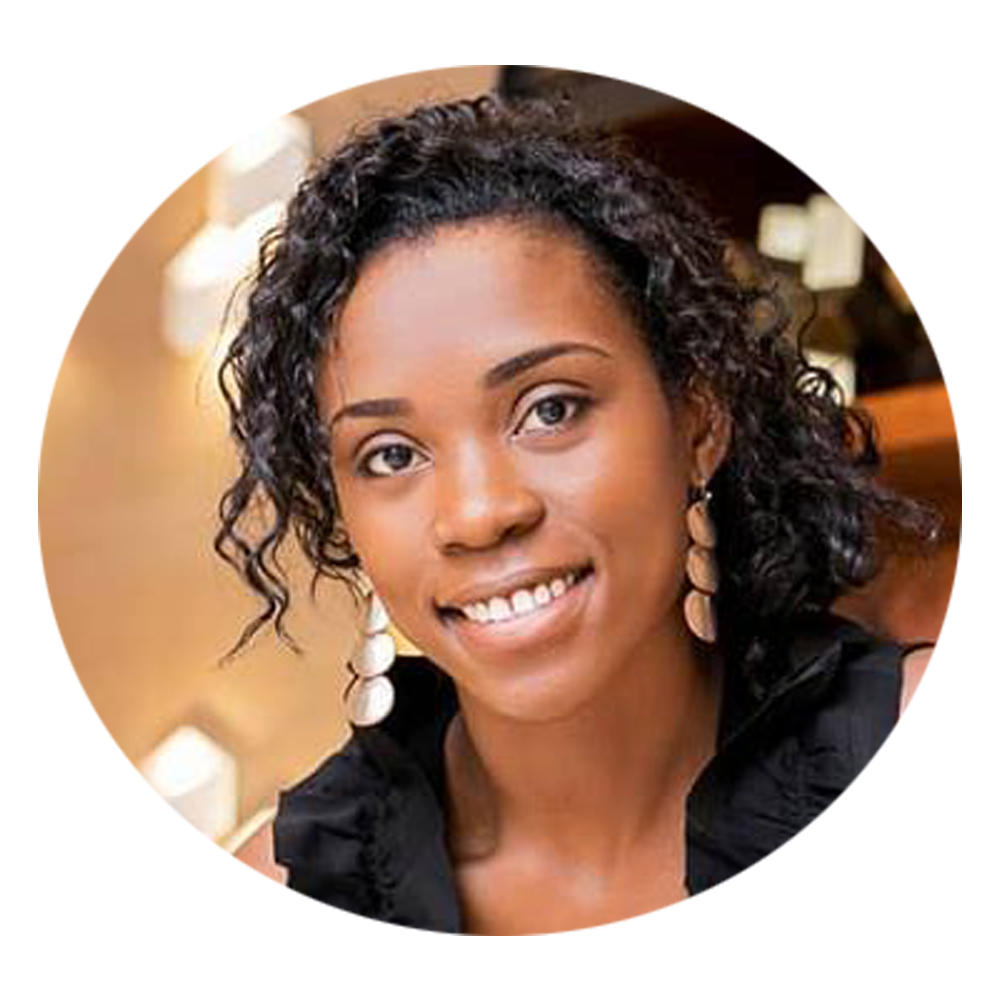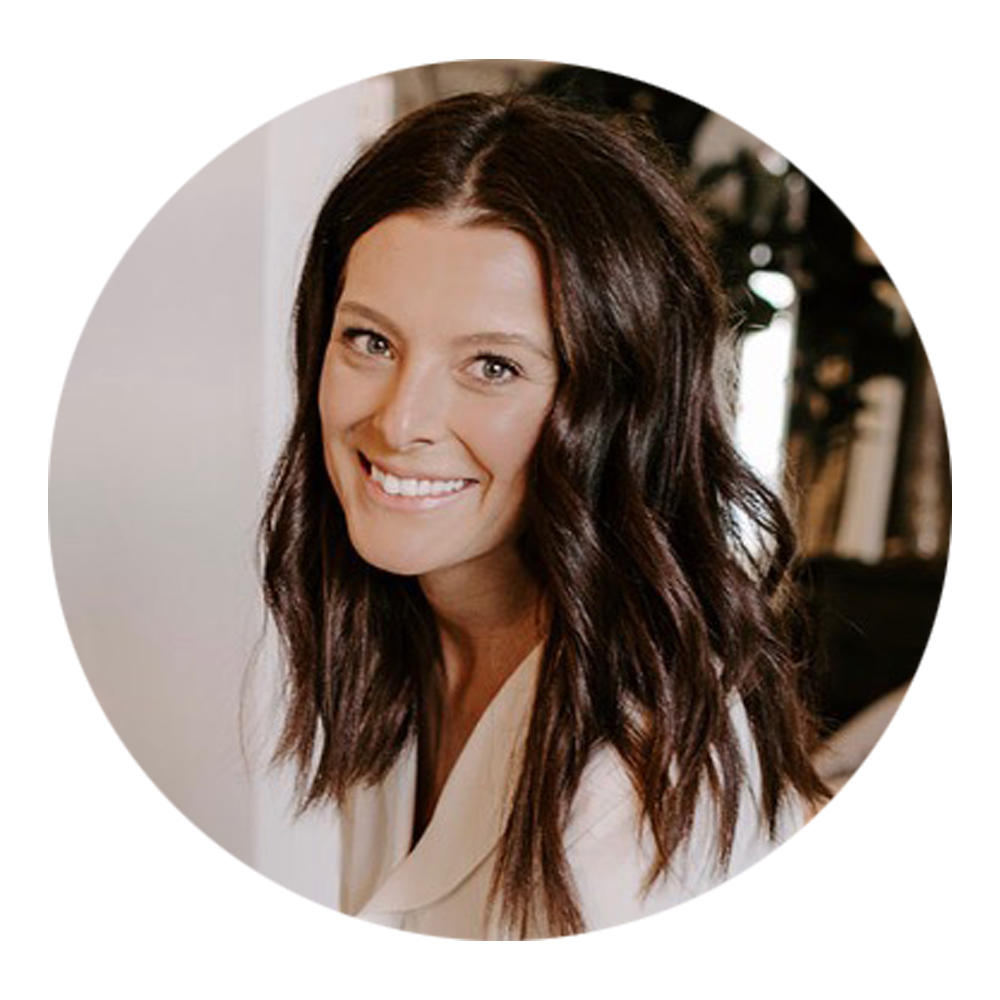Just as there is that warm, fuzzy feeling when you meet a client that you instantly click with, every designer has a set of traits and behaviors that hint a prospective client is not a good fit. We asked nine designers—Elizabeth Aaron, Quintece Hill-Mattauszek, Jill Howard, Duncan Hughes, Jenelle Lovings, Cortney McClure, Kate Patterson, Maggie Stephens and Amanda Thompson—to share their red flags for new clients.

Fast and furious
“The most obvious flags are people who want it too fast, too cheap, or are bickering with their spouse while I’m there. Or, if the client has worked with several designers but complains about the results they got. I’ve also had people ask for the design upfront to help them decide if they want to hire us—hard pass. Really, any pushback or resistance to the way we run projects is a sign that we aren’t a good fit. I don’t have time to run every project in a different way! One subtle thing I’ve noticed: The very best clients have been the ones who offer me a glass of water when I come into their home. Seems silly, but it shows me that they are thoughtful and courteous—exactly the kind of people I like to work with!” —Maggie Stephens, Maggie Stephens Interiors, Bainbridge Island, Washington

Attitude is everything
“Negativity is something I have learned to look out for. This one may be difficult to spot, as it can be circumstantial instead of a personality trait. Some clients may come to you out of frustration or with baggage from a previous designer, so they can be apprehensive. However, I try to avoid working with clients who do not have a positive outlook. These clients will actively find fault in everything you present, even if it’s exactly what they asked for.” —Jenelle Lovings, Jenelle Lovings Design Studio, Phoenix

Know what you want
“Oh, there are so many red flags! But before you can even identify them, you have to be super clear on who your ideal client is. Once you’ve got that figured out, you can be more confident in saying no to someone that isn’t a good match for you. During our initial call, we ask potential clients why they reached out to us specifically. This has been really helpful in identifying those who connect with your style and process, versus someone who is just price and availability shopping. I certainly wish I had asked that early in my career. It would have saved me from a client that later referred to me as ‘decorator number 10.’ Obviously, that relationship didn’t work out!” —Jill Howard, Jill Howard Design Studio, Charleston, South Carolina

Chemistry test
“The biggest deal-breaker red flag for me, and one that I cannot fix with education, is a lack of mutual chemistry. All of my most successful and enjoyable projects have shared one thing in common: great chemistry between me and my client. Chemistry can’t be manufactured. But it can foster mutual trust, less stress and more creativity—and that is when great results happen!” —Duncan Hughes, Duncan Hughes Interiors, Boston

Household meeting
“Meet and greet everyone in the household! It is important for all decision-makers living in the home to have an opportunity to weigh in on the design concepts, process and cost of a project. They may choose not to be present through the entire process, but I find it important to be able to gauge how to design for everyone who will be living in the home. So, if someone is adamant that the other decision-maker will not be involved in the project … red flag!” —Quintece Hill-Mattauszek, Studio Q Designs, New Alexandria, Virginia

Eye to eye
“One thing that raises a red flag for me is when we come across clients with unrealistic timelines or budgets. Another is if they are not properly engaged, not paying attention and not making eye contact. This tells me that they do not seem to respect me as a professional.” —Amanda Thompson, ALine Studio, New York

Talk it out
“Poor communication! I can determine what the level of communication will be with a client in our first consultation. Our design process is dependent on the designer and the client working together, so open lines of communication are essential. We strive to make the design process as seamless as possible, which requires prioritizing communication and transparency between our firm and our clientele, especially at the beginning of each project.” —Cortney McClure, Cortney McClure Design, Bartlesville, Oklahoma

The wrong fit
“When we meet with a client and they tell us they have worked with other designers and ask us to critique the other designers’ work, we know that the client doesn’t really know what they are looking for and that it likely won’t be a good fit for us.” —Kate Patterson, Perlmutter-Freiwald, Franklin, Michigan

Cast of characters
“I have had the misfortune of encountering several types of red-flag prospective clients: the ignorant prospect who says they only need a little decorating help (these jobs are never worth it); the narcissist who will never take the designer’s advice; the social climber who wants me to justify my talent by divulging my client list; or the misogynist who is really looking for a companion, not a designer. Lastly, there’s the creep. Years ago, I accepted a meeting with someone who spoke articulately on the phone. When I arrived at his home, every interior door in the house was closed, and there were industrial-size bags of dog food open, though there was no dog to be seen or heard. I was invited to discuss a kitchen consultation, and the kitchen was a disaster of hoarder levels. I got a Silence of the Lambs vibe and felt unsafe. Ten minutes into the meeting, I made up an excuse that I forgot I had a conflicting appointment and left. I purchased pepper spray afterwards and have carried it with me ever since.” —Elizabeth Aaron, Elizabeth Aaron Interior Design, San Diego
Homepage photo: A project by Perlmutter-Freiwald | Courtesy of Perlmutter-Freiwald




























